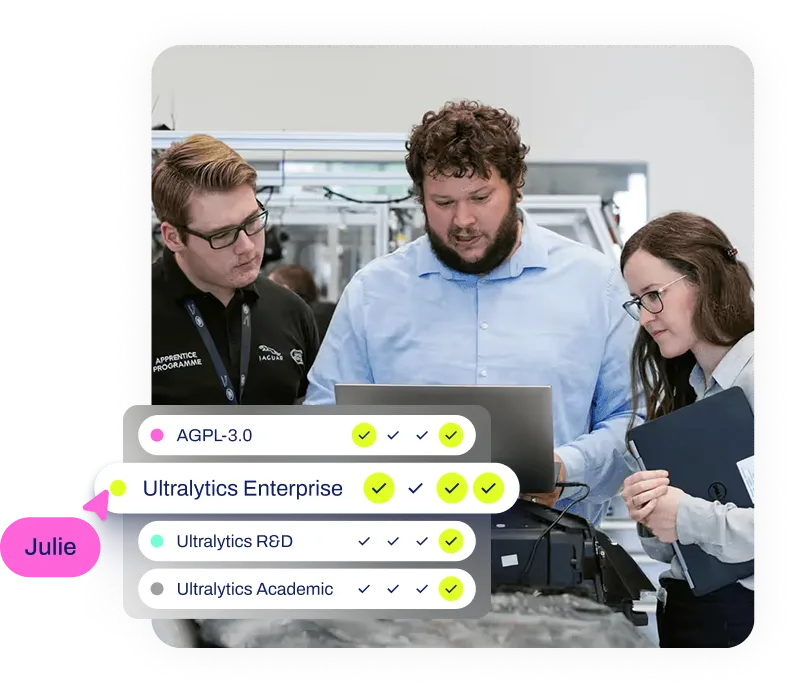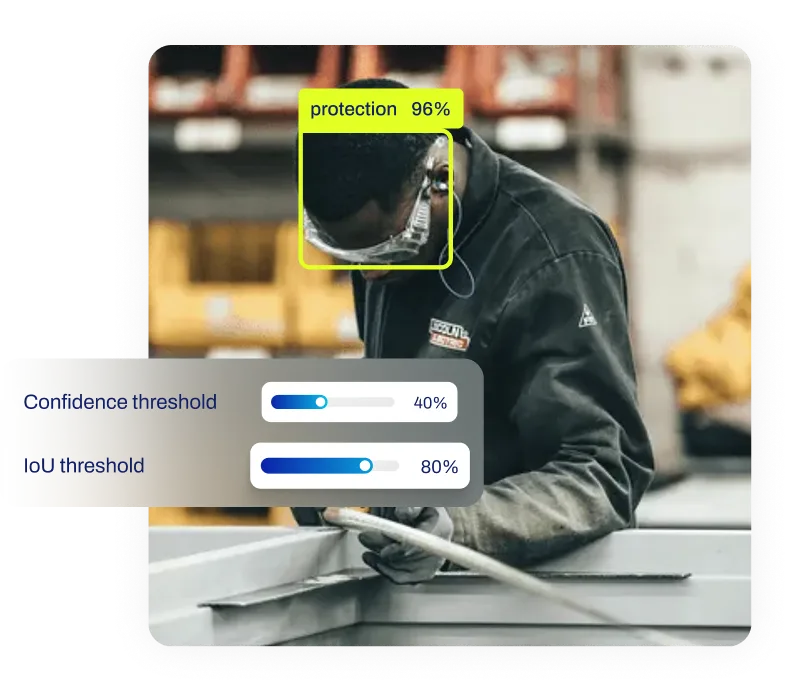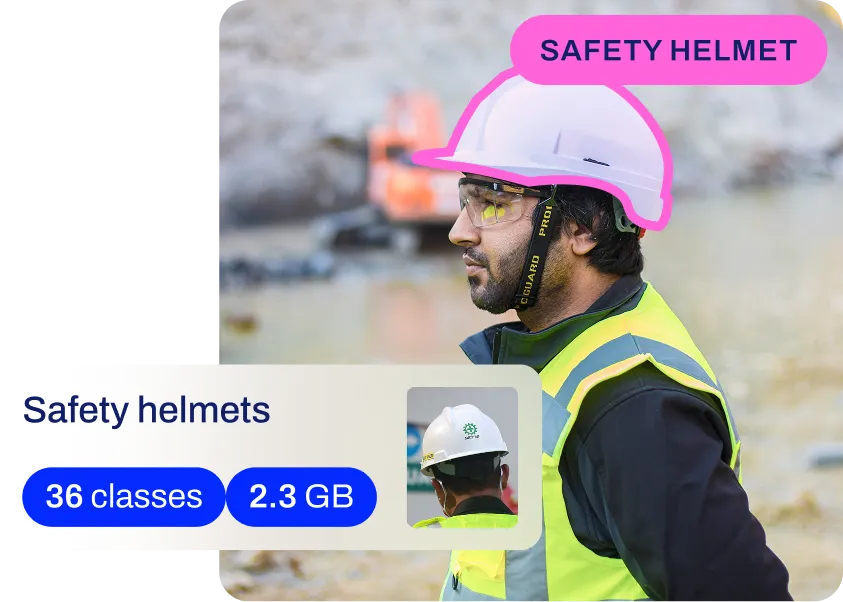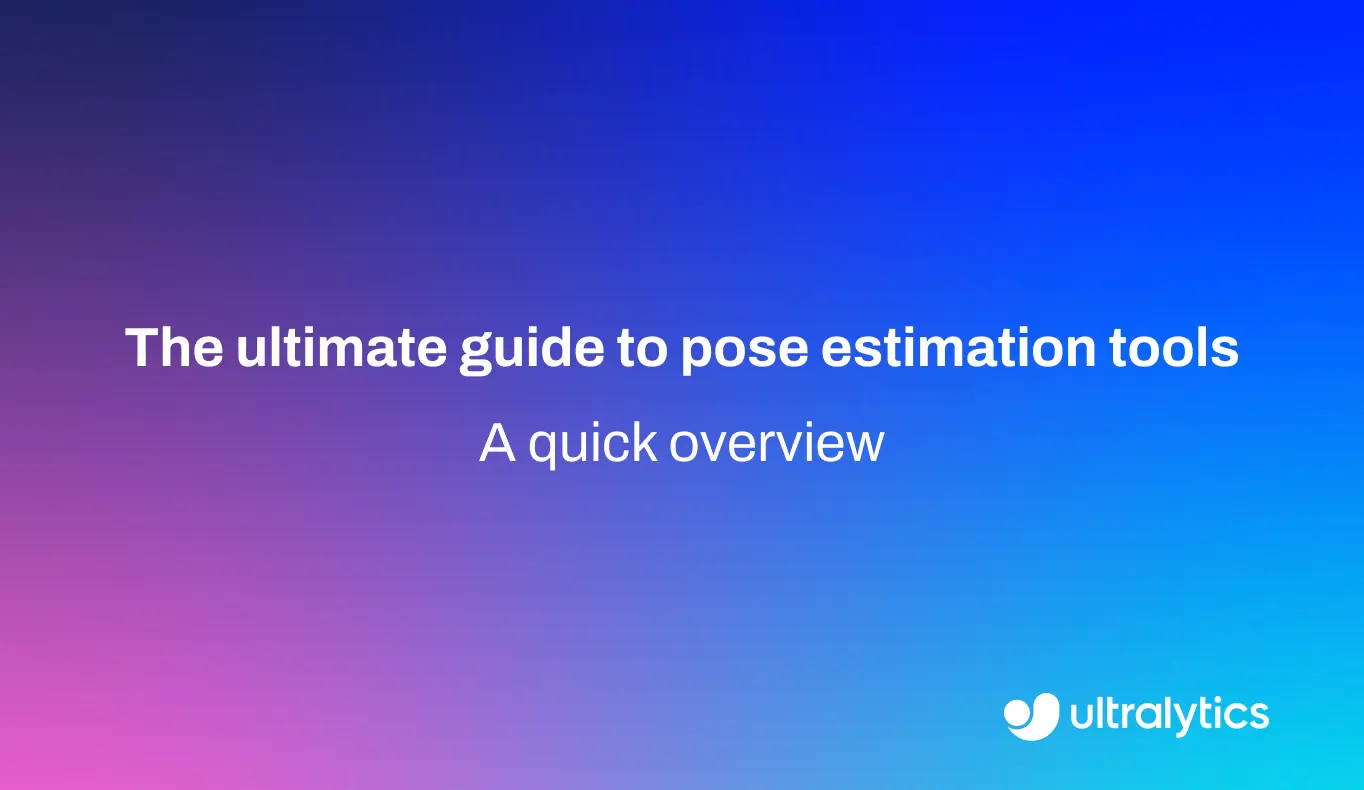DBSCAN (Density-Based Spatial Clustering of Applications with Noise)
Discover DBSCAN: a robust clustering algorithm for identifying patterns, handling noise, and analyzing complex datasets in machine learning.
DBSCAN (Density-Based Spatial Clustering of Applications with Noise) is a widely used algorithm in
machine learning (ML) designed to identify
distinct groups within a dataset based on the density of data points. Unlike algorithms that assume clusters are
spherical or require a pre-defined number of groups, DBSCAN excels at discovering clusters of arbitrary shapes and
sizes. It is particularly effective in
unsupervised learning tasks where the data
contains noise or outliers, making it a robust tool for data exploration and pattern recognition.
Core Concepts and Mechanism
The fundamental principle of DBSCAN is that a cluster consists of a dense area of points separated from other clusters
by areas of lower density. The algorithm relies on two critical
hyperparameters to define this density:
-
Epsilon (
eps): The maximum distance between two points for one to be considered as in
the neighborhood of the other. This radius defines the local area of investigation.
-
Minimum Points (
min_samples): The minimum number of points required to form a dense
region within the eps radius.
Based on these parameters, DBSCAN categorizes every data point into three specific types, effectively filtering out
noise during the data preprocessing stage:
-
Core Points: A point is a core point if it has at least
min_samples points (including
itself) within its eps neighborhood.
-
Border Points: A point is a border point if it is reachable from a core point and is within its
neighborhood but does not have enough neighbors to be a core point itself.
-
Noise Points: Any point that is not a core point or a border point is labeled as noise or an
outlier. This feature is invaluable for
anomaly detection.
For a deeper technical dive, the
Scikit-learn documentation on DBSCAN
provides comprehensive implementation details, and you can explore the foundational concepts in the
original 1996 research paper.
DBSCAN vs. K-Means Clustering
Understanding the difference between DBSCAN and
K-Means Clustering is essential for selecting
the right tool for your data analytics pipeline.
-
Cluster Shape: K-Means assumes clusters are spherical and of similar size, which can lead to errors
when identifying elongated or irregular patterns. DBSCAN adapts to the shape of the data, making it superior for
complex geometric structures often found in
geospatial analysis.
-
Number of Clusters: K-Means requires the user to specify the number of clusters ($k$) beforehand.
DBSCAN automatically determines the number of clusters based on the data density.
-
Noise Handling: K-Means forces every data point into a cluster, potentially skewing results with
outliers. DBSCAN explicitly identifies noise, which improves the quality of the resulting groups and helps in
creating cleaner datasets.
Real-World Applications in AI and Computer Vision
While DBSCAN is a general clustering algorithm, it plays a significant role in modern
computer vision (CV) and AI workflows, often
serving as a post-processing step.
-
Spatial Grouping of Object Detections: In scenarios involving crowd monitoring or traffic analysis,
a model like YOLO11 detects individual objects. DBSCAN can
then cluster the centroids of these
bounding boxes to identify groups of people or
clusters of vehicles. This helps in understanding scene dynamics, such as identifying a traffic jam versus
free-flowing traffic.
-
Retail Store Layout Optimization: By analyzing customer movement data, retailers can use DBSCAN to
find high-density "hot zones" within a store. This insight allows businesses leveraging
AI in retail to optimize product placement and
improve store flow.
-
Anomaly Detection in Manufacturing: In
smart manufacturing, sensors monitor equipment
for defects. DBSCAN can cluster normal operating parameters; any reading that falls outside these clusters is
flagged as noise, triggering an alert for potential maintenance. This connects directly to
quality inspection
workflows.
Python Implementation Example
The following example demonstrates how to use DBSCAN to cluster spatial data. In a vision pipeline, the
detections array could represent the (x, y) coordinates of objects detected by a
YOLO model.
import numpy as np
from sklearn.cluster import DBSCAN
# Simulated centroids from YOLO11 detections (x, y coordinates)
# Points clustered around (10,10) and (50,50), with one outlier at (100,100)
detections = np.array([[10, 10], [11, 12], [10, 11], [50, 50], [51, 52], [100, 100]])
# Initialize DBSCAN with a neighborhood radius of 5 and min 2 points per cluster
clustering = DBSCAN(eps=5, min_samples=2).fit(detections)
# Output labels: 0 and 1 are clusters, -1 represents the noise point (outlier)
print(f"Cluster Labels: {clustering.labels_}")
# Expected Output: [ 0 0 0 1 1 -1]
Integrating with Deep Learning
DBSCAN is often used in conjunction with deep learning models to refine results. For instance, after performing
image segmentation or
instance segmentation, the algorithm can
separate distinct instances of spatially adjacent objects that might otherwise be merged. It is also valuable in
semi-supervised learning to propagate
labels from a small set of labeled data to nearby unlabeled points within high-density regions.
For researchers and engineers, libraries like NumPy and
Scikit-learn facilitate the integration of DBSCAN into larger pipelines
powered by frameworks such as PyTorch. Understanding these
classical techniques enhances the ability to interpret and manipulate the outputs of complex
neural networks.










